When a biologic drug hits the market, it doesn’t just come with a price tag-it comes with a legal shield. Unlike generic pills that can copy a small-molecule drug almost exactly, biosimilars are copies of complex biological medicines made from living cells. These aren’t simple replicas. They’re highly similar, but not identical. And because of that, the rules for when they can enter the market are anything but straightforward.
The 12-Year Lockdown
In the U.S., the clock on biosimilar competition doesn’t start ticking until 12 years after the original biologic gets FDA approval. That’s not a suggestion. It’s the law. The Biologics Price Competition and Innovation Act (BPCIA) of 2009 created this 12-year exclusivity period, and it’s one of the longest in the world. During those 12 years, no biosimilar can be approved-even if it’s ready to go.But it’s even more layered than that. For the first four years, biosimilar makers can’t even submit their application. That’s called data exclusivity. The FDA won’t look at any biosimilar paperwork until those four years are up. Then, for the next eight years, applications can be submitted-but not approved. That means a company could file for approval in year five, but still wait until year 12 to get the green light. It’s a double lock.
This system was designed to balance innovation and access. Big pharma argues that without this long protection, there’s no incentive to spend $1 billion and 10 years developing a new biologic. But critics point out that while the EU gives 10 years of data exclusivity plus one year of market exclusivity (11 total), and Japan gives 8+4 (12), the U.S. stands out for its rigid 12-year block. And in practice, that delay costs patients billions.
Why Humira Stayed Alone for So Long
Take Humira (adalimumab). It was approved in 2002. In Europe, biosimilars started appearing in 2018-just 16 years later. But in the U.S.? Not until 2023. That’s a 21-year monopoly. Why the gap?It’s not just the 12-year clock. It’s the patent thicket. AbbVie, the maker of Humira, filed over 160 patents on the drug-covering everything from manufacturing methods to dosing schedules to packaging. Even after the core patent expired in 2016, these secondary patents kept biosimilars out. Courts got dragged into years of litigation. One biosimilar maker, Amgen, spent nearly a decade in court before finally launching in 2023.
This isn’t an exception. It’s the rule. The BPCIA includes a process called the “patent dance,” meant to help companies settle patent disputes before going to court. But in reality, it’s become a tool for delay. The reference drug company gets a confidential copy of the biosimilar’s application. They then list every patent they think might be infringed. The biosimilar maker responds. Then both sides negotiate-which often leads to lawsuits. Eighty-seven percent of BPCIA cases involve multiple patent claims, according to Duke University legal scholar Arti Rai.
And here’s the kicker: many of these lawsuits end in settlements where the biosimilar maker agrees to delay launch in exchange for a cut of future profits. That’s called “pay-for-delay”-a tactic once common with generic drugs, now being used on biosimilars.
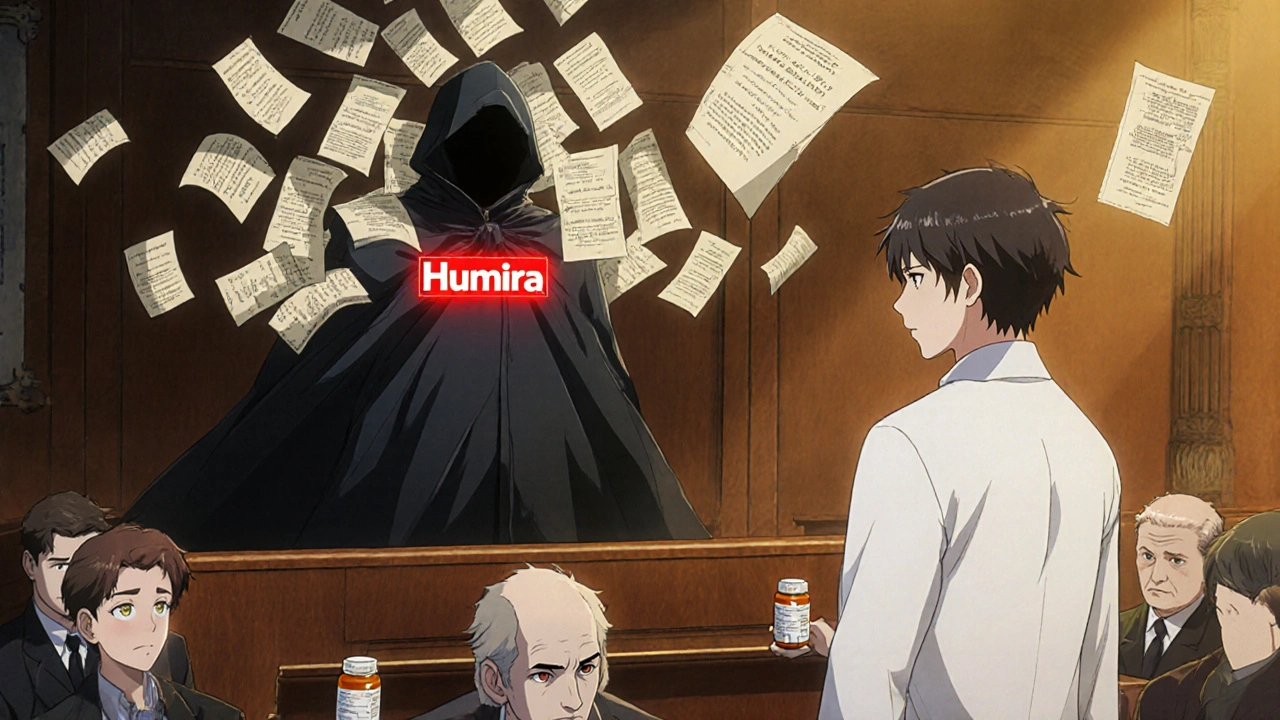
The Cost of Waiting
The delay isn’t just legal-it’s financial. Between 2012 and 2022, the list price of Humira in the U.S. jumped 470%. Meanwhile, in Europe, where biosimilars entered earlier, prices stayed flat. Patients paid more. Insurers paid more. Medicare paid more.Dr. Peter Bach from Memorial Sloan Kettering found that U.S. patients pay three times more than Europeans for the same biologic treatments. Pharmacists surveyed by the National Community Pharmacists Association say 63% of their patients have skipped or stopped biologic therapy because they couldn’t afford it. That’s not just a statistic-it’s a person choosing between rent and their medication.
And it’s not just Humira. Enbrel, Remicade, and others followed the same pattern. A 2022 report from I-MAK estimated that the U.S. spent $167 billion more on biologics than it would have if biosimilars had entered at the same time as in Europe.
Biosimilars Are Harder (and More Expensive) to Make
You can’t just reverse-engineer a biologic like you can a pill. Biologics are made from living cells-yeast, bacteria, or mammalian cells. Their structure is huge, complex, and sensitive to tiny changes in temperature, pH, or manufacturing conditions. Two batches from the same company can differ slightly. That’s why biosimilars need to prove they’re “highly similar” with “no clinically meaningful differences.”That takes time. And money. Pfizer says developing a biosimilar takes 5 to 9 years and costs over $100 million. Compare that to a generic small-molecule drug: 2 years and $1-2 million. For complex biologics-like antibody-drug conjugates or cell therapies-the cost can hit $250 million.
That’s why only 12 out of 118 biologics set to lose patent protection between 2025 and 2034 currently have biosimilars in development. The rest? They’re either too expensive to copy, too risky, or too obscure. And if the original drug has an orphan designation (for rare diseases), the odds drop even further. Only one orphan biologic in the next decade has a biosimilar in the pipeline.
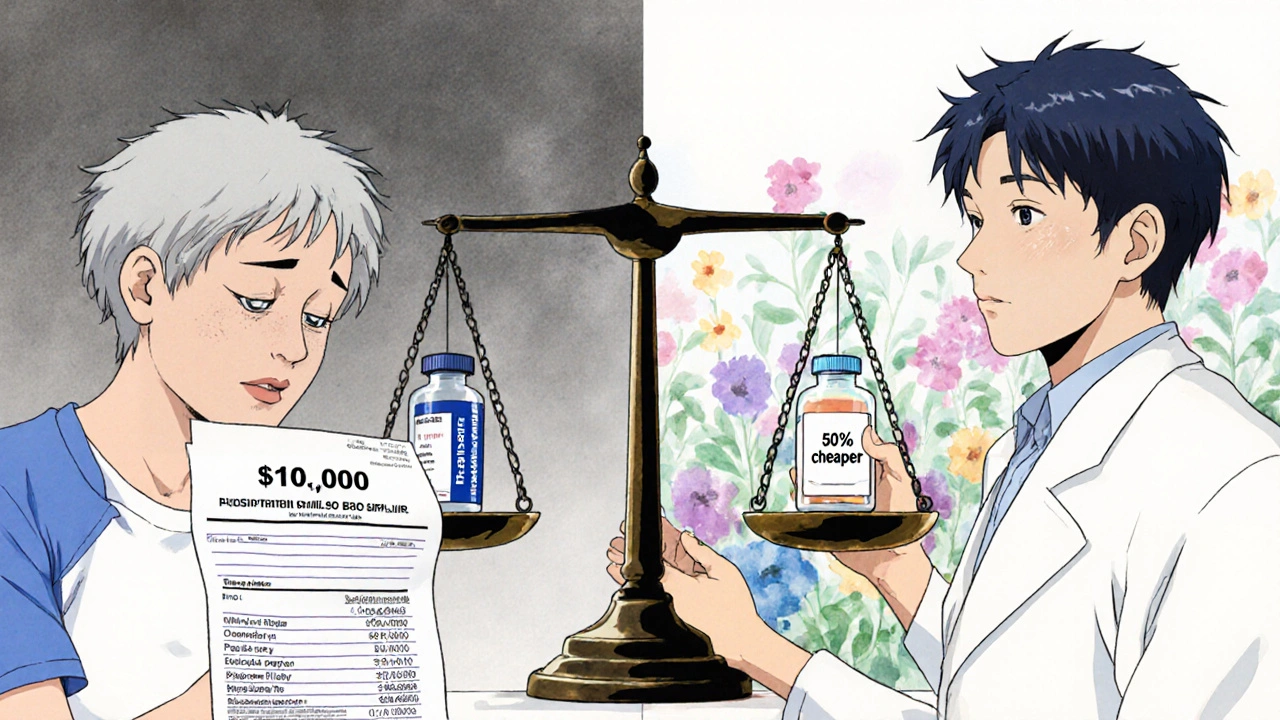
What’s Changing?
The FDA has acknowledged the problem. Their 2022 Biosimilars Action Plan promised to improve communication, speed up reviews, and support competition. But progress has been slow. Since 2015, the U.S. has approved only 38 biosimilars. Europe has approved 88.Legislation like the Biosimilars User Fee Act of 2022 tried to streamline the process, but it stalled in Congress. Meanwhile, the Congressional Budget Office estimates that if barriers are removed, biosimilars could save the U.S. $158 billion over the next decade. Without change? Only $71 billion.
Some hope lies in the next wave of expirations. By 2027, blockbuster biologics like Keytruda (pembrolizumab) and Stelara (ustekinumab) will start losing protection. If biosimilar makers can finally get past the patent maze, prices could drop sharply. But that depends on whether companies are willing to invest in the fight-or if they’ll just wait for the next easy target.
What Patients Need to Know
If you’re on a biologic, your doctor might eventually offer you a biosimilar. But don’t assume it’s automatic. Many prescribers still don’t understand the difference between biosimilars and generics. Some pharmacies won’t substitute without explicit permission. And insurers might still push you toward the original drug if it’s cheaper for them due to rebates.Ask your doctor: Is there a biosimilar available? Is it covered? Will it work the same? Don’t assume cost savings will come automatically. The system is still stacked against competition.
And if you’re waiting for a biosimilar to become available for your drug, check the FDA’s Purple Book. It lists approved biologics and their exclusivity dates. You can track when your medication’s clock might run out.
How long must a biologic be on the market before a biosimilar can be approved in the U.S.?
A biosimilar cannot be approved by the FDA until 12 years after the reference biologic received its first approval. This is mandated by the BPCIA. Biosimilar manufacturers can submit their application after 4 years, but the FDA cannot grant approval until the full 12-year period has passed.
Why are biosimilars more expensive to develop than generic drugs?
Biosimilars are made from living cells, which makes them structurally complex and sensitive to manufacturing changes. Unlike generic pills that are chemically identical to their brand-name versions, biosimilars must prove they’re highly similar with no clinically meaningful differences. This requires extensive testing-analytical studies, pharmacokinetic data, and sometimes clinical trials-costing over $100 million and taking 5-9 years, compared to $1-2 million and 2 years for generics.
What is the "patent dance" and how does it delay biosimilar entry?
The "patent dance" is a step-by-step process under the BPCIA where a biosimilar applicant shares its application with the original drug maker, who then lists patents it believes are infringed. The biosimilar company responds, and both sides negotiate which patents to litigate. In practice, this process often leads to multiple lawsuits that can last years. Many innovator companies use it to drag out approval, sometimes settling with biosimilar makers to delay entry in exchange for payment.
Why haven’t more biosimilars been developed for orphan drugs?
Orphan drugs treat rare diseases with small patient populations, making them less profitable. With biosimilar development costing over $100 million, companies avoid these markets unless there’s a clear path to recovery. Of all biologics set to lose patent protection between 2025 and 2034, 88% with orphan indications have no biosimilar in development, according to the Biosimilars Council.
Can a biosimilar be substituted for the original drug without a doctor’s approval?
In most U.S. states, substitution requires the prescriber to indicate "dispense as written" or for the pharmacist to notify the prescriber. Unlike generics, biosimilars are not automatically interchangeable unless the FDA designates them as such. Only a few biosimilars have received "interchangeable" status, meaning a pharmacist can swap them without consulting the doctor.
How do U.S. biosimilar timelines compare to other countries?
The U.S. offers 12 years of exclusivity, longer than most. The EU provides 10 years of data exclusivity plus 1 year of market exclusivity (11 total). Japan gives 8 years of data exclusivity plus 4 years of market exclusivity (12 total). South Korea offers 10 years of data exclusivity with no additional market protection. As a result, biosimilars enter markets like Europe years before they do in the U.S., leading to significantly lower drug prices.

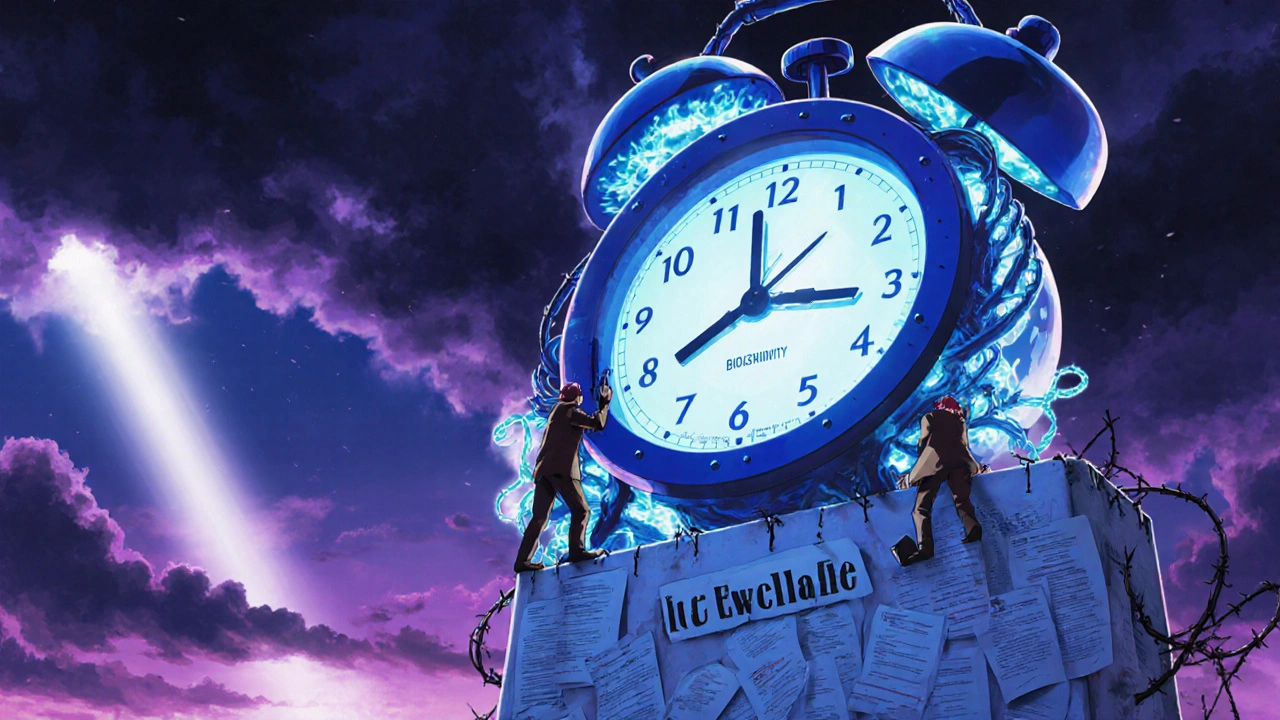
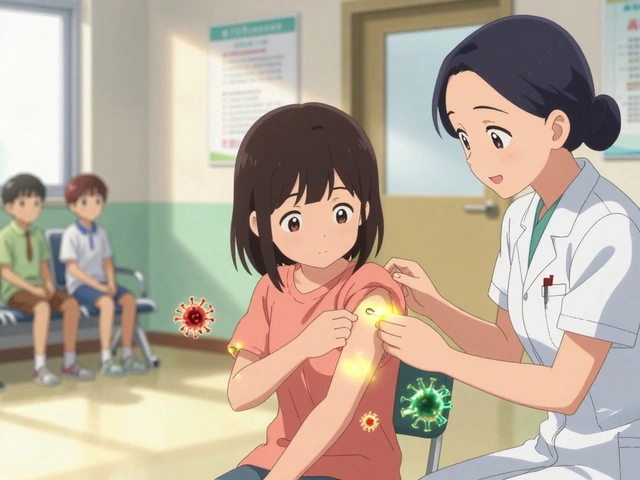

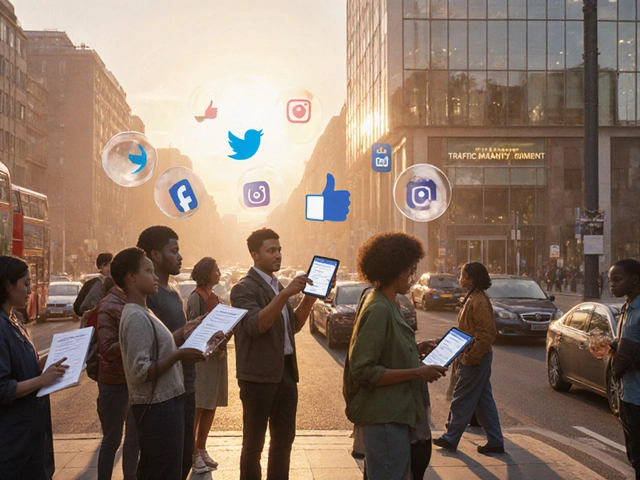
Comments (10)